Home / Albums / Ancient / Ancient Rome 82

 Augustus
Augustus Roman Trophies
Roman Trophies Roman Trophies
Roman Trophies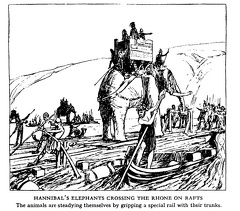 Hannibal's Elephants crossing the Rhone on rafts
Hannibal's Elephants crossing the Rhone on rafts Roman
Roman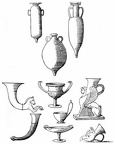 Amphoræ, Rhytons, etc.
Amphoræ, Rhytons, etc.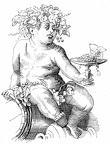 Bacchus
Bacchus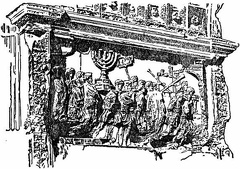 Triumphal Procession from the Arch of Titus
Triumphal Procession from the Arch of Titus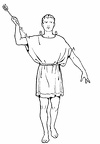 Colobium
Colobium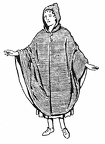 The Paenula
The Paenula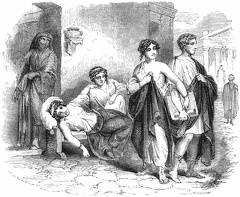 Roamn Brothel- Imperial era
Roamn Brothel- Imperial era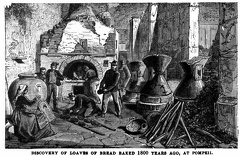 Discovery of loaves of bread baked 1800 years ago, at Pompeii
Discovery of loaves of bread baked 1800 years ago, at Pompeii The Toga Praetexta
The Toga Praetexta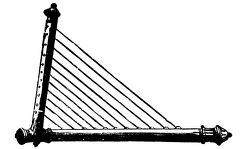 Triangular Musical instrument from Herculaneum
Triangular Musical instrument from Herculaneum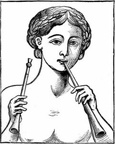 Roman girl and tibia
Roman girl and tibia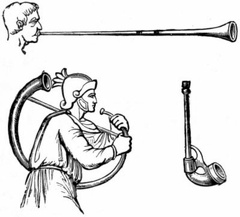 Roman trumpets
Roman trumpets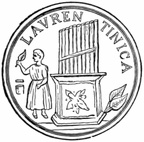 Hydraulic Organ
Hydraulic Organ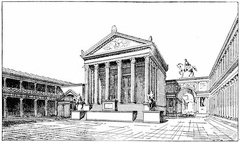 North end of the Forum, with the Temple of Jupiter
North end of the Forum, with the Temple of Jupiter Venus Pompeiana
Venus Pompeiana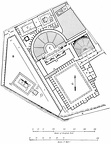 The Forum Triangulare, with Adjacent Buildings
The Forum Triangulare, with Adjacent Buildings The Villa Rustica near Boscoreale
The Villa Rustica near Boscoreale The Forum with the Adjoining Buildings
The Forum with the Adjoining Buildings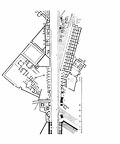 The Street of Tombs
The Street of Tombs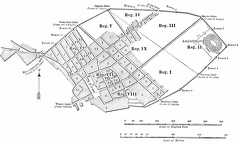 Outline plan of Pompeii
Outline plan of Pompeii Artemis
Artemis Athena
Athena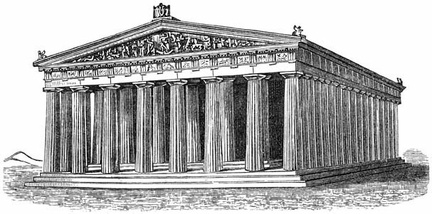 Parthenon
Parthenon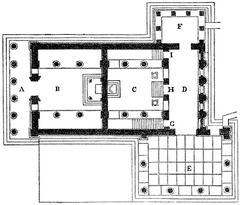 Floor plan of the Erechtheum
Floor plan of the Erechtheum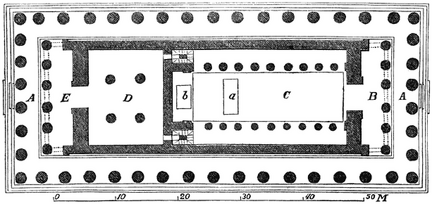 Plan of Parthenon
Plan of Parthenon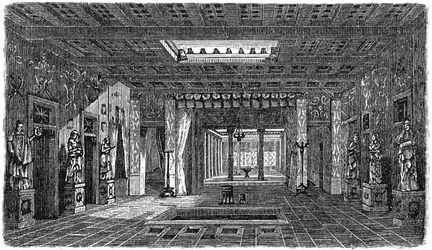 Atrium
Atrium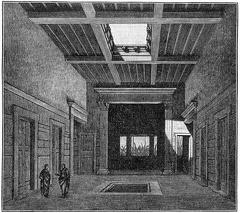 Roman Atrium
Roman Atrium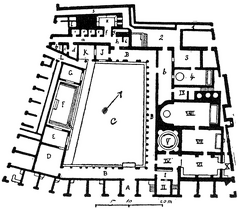 Balneum (Roman Bath)
Balneum (Roman Bath)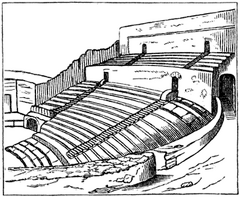 Balteus
Balteus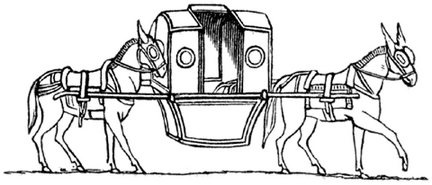 Basterna
Basterna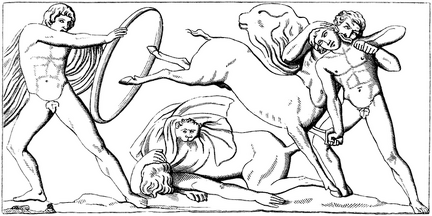 Battle of the Lapiths and Centaurs (Apollo temple at Bassa
Battle of the Lapiths and Centaurs (Apollo temple at Bassa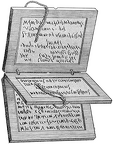 Cerae (open)
Cerae (open) Cerae (closed and sealed)
Cerae (closed and sealed) Chlamys
Chlamys Circus Maximus - Plan
Circus Maximus - Plan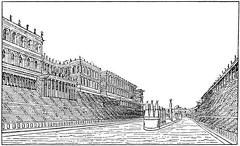 Circus Maximus
Circus Maximus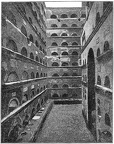 Columbarium
Columbarium Demeter
Demeter Dionysis
Dionysis Dionysus from the Louvre Museum
Dionysus from the Louvre Museum Plan of House of Pansa - Pompeii
Plan of House of Pansa - Pompeii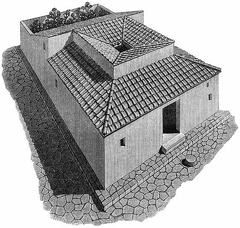 House of Pansa at Pompei
House of Pansa at Pompei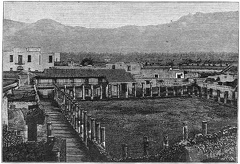 Gladiator barracks at Pompeii
Gladiator barracks at Pompeii Hercules
Hercules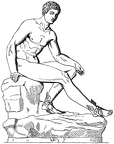 Bronze Hermes statue of Herculaneum
Bronze Hermes statue of Herculaneum Hestia
Hestia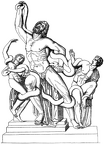 Laocoon
Laocoon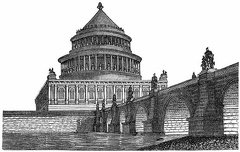 Mausoleum
Mausoleum Niobe with her youngest daughter
Niobe with her youngest daughter Pantheon, seen in section from the inside
Pantheon, seen in section from the inside Pilum
Pilum Poseidin
Poseidin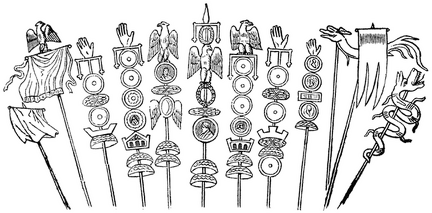 Signia
Signia Silenus with little Dionysus, Louvre Museum
Silenus with little Dionysus, Louvre Museum Sistrum
Sistrum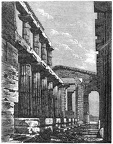 Temple ruins in Paestum
Temple ruins in Paestum



